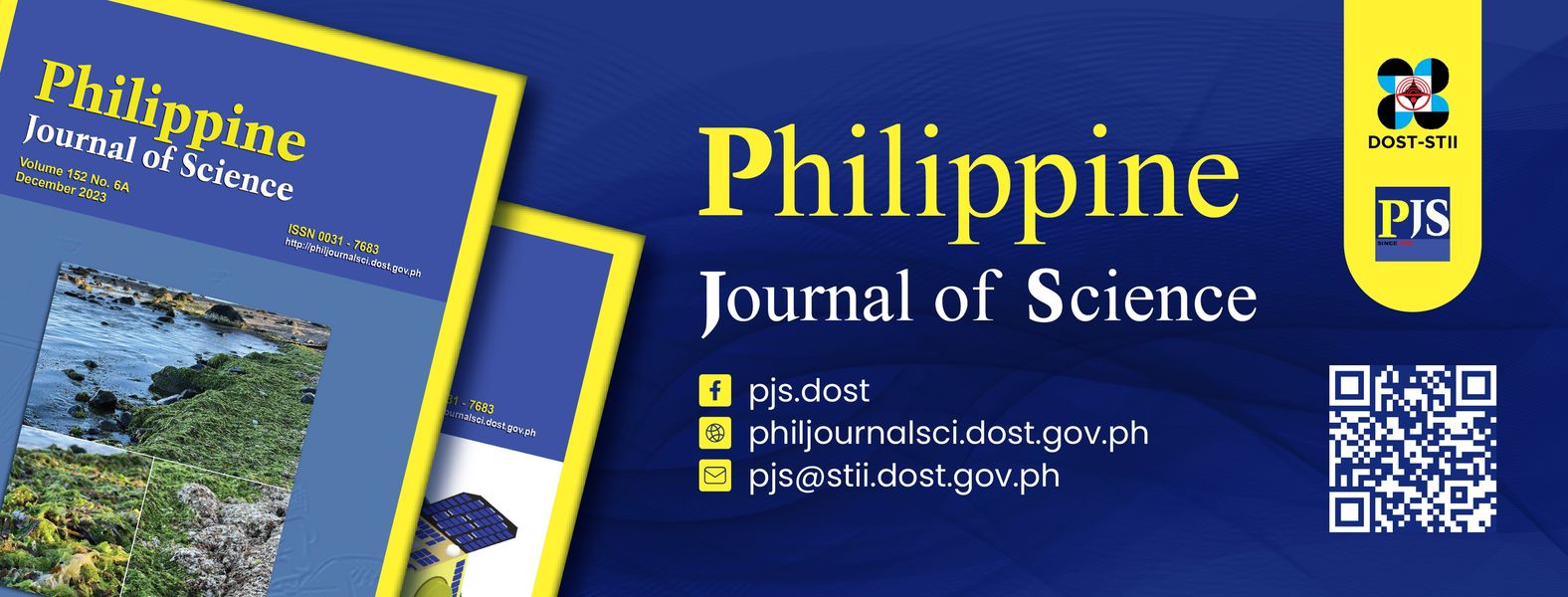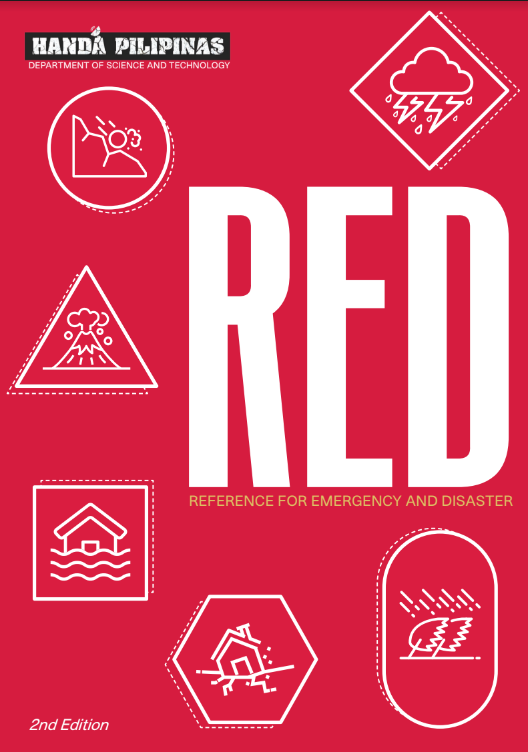A study published in the Philippine Journal of Science revealed that a tomato, mixed-planted with rice can survive short-term flooding during its vegetative stage and produce good crops.
According to the Department of Agriculture (DA), tomato is an important and popular vegetable grown in all parts of the country, and it is also regarded as one of the most profitable crops during the dry season.
However, tomatoes are highly susceptible to flooding even for a short period because they cannot transport oxygen from the atmosphere directly to their roots. Thus, researchers from the Philippine Rice Research Institute (PhilRice) and Central Luzon State University (CLSU) in Nueva Ecija explored the potential of mix-planting tomatoes with rice to test if they can survive and yield during the wet season.
“Given the nutritional importance and widespread use of tomatoes, our study aimed to contribute to agricultural sustainability by mitigating these production constraints brought about by transient flooding,” one of the researchers Abegail Pascua said.
The study titled “Will Tomato Mix-planted with Rice Survive under Vegetative Stage Transient Flooding?” explained that rice is adapted to flooding because it has the ability to transport oxygen from the atmosphere to the roots through its aerenchyma–longitudinal holes within the roots.
Pascua further explained that some of the transported oxygen to the roots is even leaked–technically known as radial oxygen loss–to oxygenate the soil environment.
“If the tomato is intercropped with rice and experiences flooding, the leaked oxygen from rice roots may be beneficial for the tomato as a source of oxygen for its roots to survive the short-term soil oxygen deficiency,” Pascua added.
According to the study, the researchers used a hybrid, heat-tolerant tomato variety named Diamante max F1, also known as “table tomato”, which has an intermediate resistance to bacterial wilt–a plant disease caused by bacteria.
Moreover, the rice varieties used were NSIC Rc 216 also known as irrigated lowland variety, and NSIC Rc 25, or upland rice variety.
Sources across the web explained that upland rice is grown in naturally well-drained soil, while lowland rice is grown in flood-prone fields.
With that, of the two varieties of rice used in the study, it showed that only tomato mix-planted with irrigated lowland variety of rice yielded fruit in both the short-term and continuous flooding. Thus, researchers suggest that further studies are needed to explore potential rice genotypes.
“The most rewarding aspect of this research, culminating in the publication in the Philippine Journal of Science (PJS), was contributing to both scientific knowledge and agricultural innovation. Our study, a pioneering investigation into the mix-planting of tomatoes and rice, provides a foundation for future research in intercropping and climate change resiliency in crops,” Pascua said.
The study was co-authored by Franz Marielle N. Garcia, Rosemarie T. Tapic, Jayson O. Villamor, and Roel R. Suralta.
The Philippine Journal of Science is the oldest scientific peer-reviewed journal in the country, published regularly by the Department of Science and Technology - Science and Technology Information Institute. For more information, please visit www.philjournalsci.dost.gov.ph. (By Claire Bernadette A. Mondares, DOST-STII)
Samples of tomato mix-planted with rice during its vegetative stage. (Photo from the research team)
One of the researchers gathers soil oxygen concentration using a Dissolve Oxygen Meter in a flooded treatment. (Photo from the researcher team)


















 21 in 2021 Technology Catalogue
21 in 2021 Technology Catalogue 21 in 2021 Technology Catalogue
21 in 2021 Technology Catalogue DOST Innovations - Web and Mobile Applications for Disaster Risk Reduction and Management
DOST Innovations - Web and Mobile Applications for Disaster Risk Reduction and Management